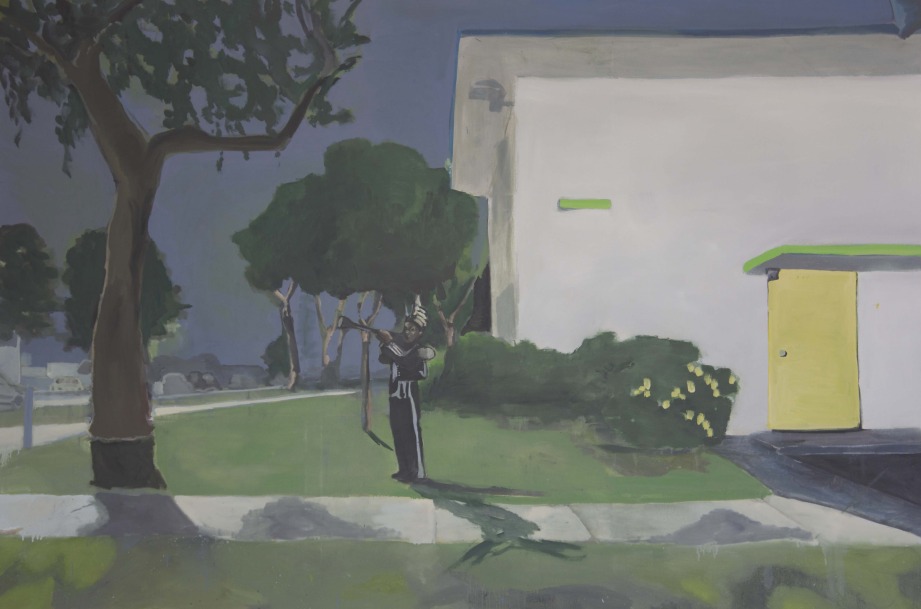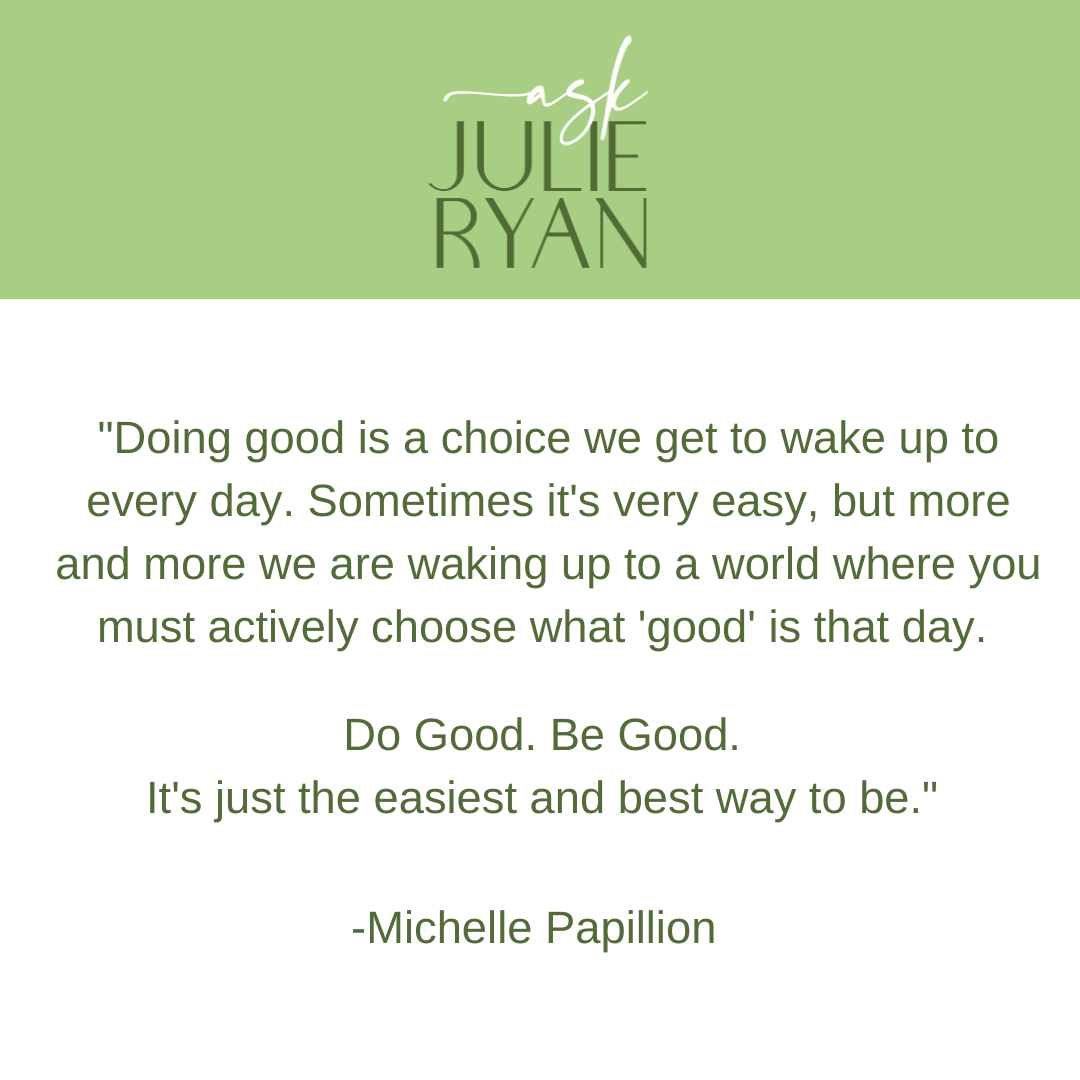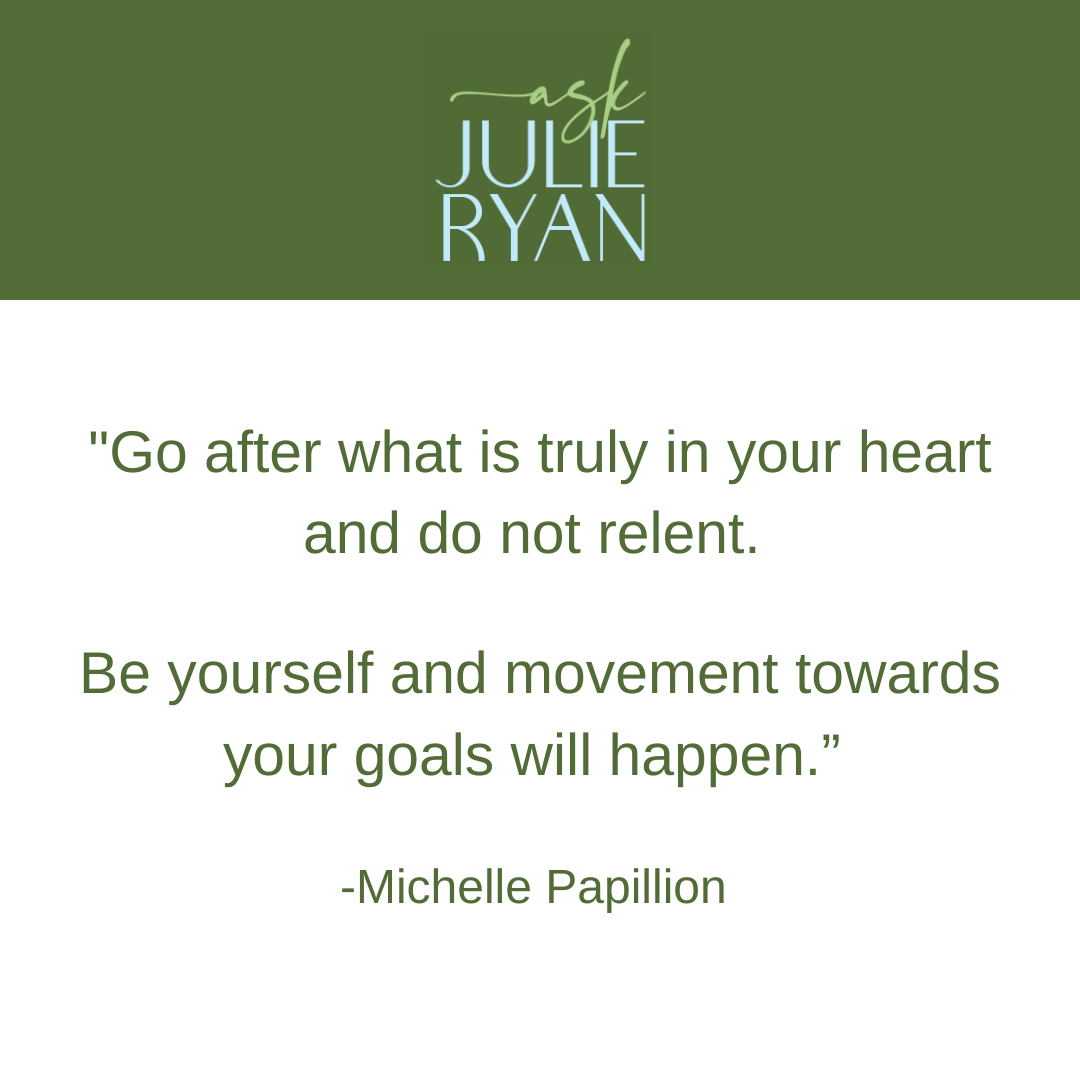My first interview of the year! I spoke with Nishat Kurwa at Talk Story about my inspirations, influences and opened up about my recent 6 month sabbatical. You can read the full interview at this link bit.ly/2lW2JOt

Michelle Papillion's eponymous art business, Papillion Art, began around seven years ago as a pop-up experience in downtown LA. These days, the hub for her work is her gallery in the black cultural district of Leimert Park. But her mission is also manifested in projects like the magnificent float she commissioned for LA's Martin Luther King Day parade last year: experiments in community-driven, place-based art. Papillion curates sculpture, painting, video and other forms of installation, and has garnered attention in the art world for presenting innovative emerging artists with an eye for the spectacular. Sometimes, though, art critics have lazily oversimplified her work, a problem she pondered while on a recent six-month sabbatical.
Is there a specific gap in the industry that you were hoping to address by opening Papillion?
When I started I wasn’t trying to address anything. The thing that I didn’t imagine happening is, my voice and my identity was kind of hijacked because I’m black and I’m a woman, and I’m young. I look at my contemporaries that are white, and they’re able to do what they want to do without the objectiveness of it being a “liberating” or “special” thing. They’re doing what they want.
I noticed that when I embarked on doing what I wanted to do, in art and in my space, there was always this thing like, “Do you know that you’re black, and you’re female, and that you’re showing artists who are black, and women artists?” And in my mind, I’m like, “I’m just participating in the art world, talking about things I want to talk about.” I felt like the Other once the rest of the world started putting those boxes around it.
I went on this break in the summer of 2016 because I didn’t realize how burned out I was, and a lot of things were happening in our country and the world. I like to refer to it as a transitional moment, not just for myself but the entire world. And I needed a break from all of those boxes of being black, being a woman. You carry a lot on you day to day, running a business, trying to stay true to the agenda, which for me, is always like, “Art is for everyone.”
What are some of the strategies you used to navigate the expectations imposed on you by the art world or the press?
I think about that a great deal, and I don’t know if have an answer for that. But I’m still leaning towards the perspective of, “Do I feel like I’m contributing in a way that is more important than being in these boxes?” Obviously I have a way that I perceive myself and my work. Do I feel that the work that I’m doing is more important than the perception of what others may think about it? I love that I can work with artists, support artists, work with community, support community, and give platform, voice, opportunity to things that are not represented in art worlds or in media or anywhere. I guess I’m sort of like, “Whatever boxes we may be existing in, I’m not sure if we’ll ever not be in.” But…I think the work that I’m doing is more important than thinking about the boxes.
Describe a specific show or initiative that’s aligned with the mission you set out with.
I was flash backing to a project we did last year, where we participated in the (Martin Luther King Day) parade with an artist named Lauren Halsey, and she built a float for us. I was looking at all these photos and video from that day, and that was the moment I realized that we’re really throwing grains in the life of this community that we’re in, which is South Central, South LA, Leimert Park. That felt like a 100 percent collaboration between us, the artists, and the neighborhood. All three of those things came together and made something really beautiful and special. And I think when I’m working in that way, that’s when it feels right, and works itself out in a way that can be successful, even if it’s not how we planned it.
The one “aha!” moment during the sabbatical was: my business is really people. Art is the vehicle that drives the ideas of it, but what I enjoy and love the most is servicing people. It was a big breakthrough for me, because it allowed me to think about the business going forward, and how can we be more experimental, how can we broaden the spectrum for people who can’t visit the physical gallery, how do we expand outside the space, do more.
What are the cues that help you recognize the “genius factor” in an artist?
I have a little formula. I guess the first thing that I’m looking for is that they have something important to add to humanity. I think of my work in terms of the future, like: legacy. When I visit an artist for the first time, I’m thinking, “Where will this artist be in 5, 10, 25 years from now?” I always say if I do two studio visits, the first visit is like, “Let’s see this art, what it’s about, is it good, is it not?” But the second visit, if I’m there, I already believe in the art — I need to now believe in the artist. I just spend the time really investigating who the individual is, the moral compass that they built upon. What are they saying, what do they think about the world that we live in now? When I start investigating in that way, it allows me to figure out if they have that thing that I call the “genius factor.” And if I feel that, then, yes this person does have the genius factor, maybe they’re not at that point today, but they’ll get there eventually. Maybe I can help develop that, or introduce them to the art world, or give them a platform for visibility for their career.
I’m looking for artists that, when we’re all gone and someone opens a textbook, and they’re like, “What was 2016 like?” — these are artists that are documenting the times, but also looking for ways to confront the abnormal things about the world, the beautiful things about the world, all the nuances that are happening on a daily basis, artists who are critically talking about those things.
Tell me about a moment of transition in your career and a piece of advice you received that helped you navigate it.
When I first started in 2010, I didn’t really have the plan or focus to start anything. I had an idea for an exhibition that I thought was just going to be a pop-up shop, or a pop-up show. That first show was really successful, surprisingly. I was shocked and I decided to do another thing, and that worked out, and then another — and then a year had passed, and this pop-up idea was still around.
But I think around there was a transition moment around year three where I was like, “Wait, we have something here, and I should be more serious, and more focused, and more together about what the mission of the space really is, and where it can go.” At the time, we were at the outskirts of downtown LA, and there was really nothing else around. I decided to go to Leimert Park, and at the time, all of the businesses were longstanding mom and pop, family-owned shops that had been there a really long time. The Leimert space was my attempt at thinking more seriously about what I wanted to do, not just with my business, but also with my life, and be devoted to something that is my passion in a way that I could do until I die.
I had one of the greatest individuals in art as my mentor, someone who’s sort of a living legend and an icon, and that was Jeffrey Deitch. Jeffrey moved to Los Angeles the same year that I started my business, and he got to see it literally from the beginning and saw the changes. And he saw me changing as well.
He was very instrumental in mentoring me at that time of transition, and he was planting the seeds of “You could do something special if you really buckled down, applied yourself, and got serious with it.” I felt like, well, if Jeffrey Deitch feels like this little thing that I have on the outskirts of downtown could be something, then maybe I should try. He was very encouraging during that time, giving advice, and being very practical too. I could run things by him, and he was able to give next steps on, “This is a good idea, this is something “ — he was very hands-on with me during that time. The things that I learned from him were invaluable.
 Tuesday, December 12, 2023 at 5:00AM
Tuesday, December 12, 2023 at 5:00AM 























